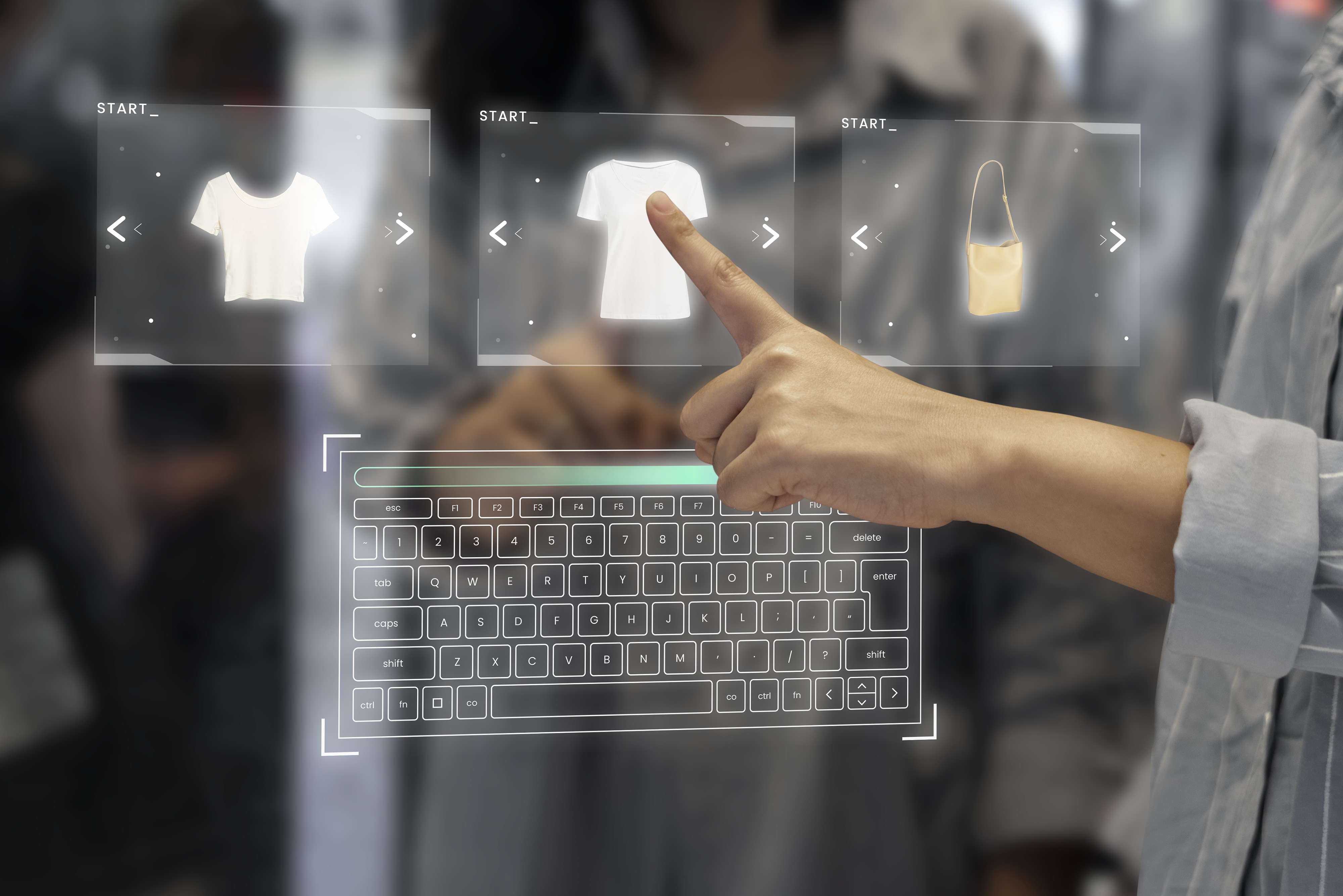From a barter-based economy to digital cryptocurrencies, money has always changed its forms. It is now starting to take another advance in its evolution. Words like Crypto, Metaverse and NFT are being discussed worldwide this year as more big tech companies move towards the NFT Metaverses.
Introduction
Metaverse is a digital space or world created to give an immersive virtual experience to its users. The NFTs (Non-Fungible Tokens) are now integrated into this digital world to be traded. An NFT is a unit of digital asset data registered on the blockchain, making it unique. Because of its uniqueness, we cannot interchange it. Hence the name ‘Non-fungible Tokens’. This digital asset can be an image, gif, audio, video, drawing, art or digital version or representation of any physical asset. NFT serves as a digital proof of ownership for the buyer. It creates a digital log of every transaction.
Moreover, blockchains provide the necessary provenance and authenticity to it. Metaverse and NFT blockchain businesses combine virtual realities, gaming platforms, cryptocurrencies and social media, creating a whole new connection between the real and virtual world, which offers expansion possibilities to the businesses and newer experiences to the users. Hence, NFT Metaverses are virtual worlds where the people (their digital avatars) can own things with values in the real world. These are the marketplaces where users can buy, sell and trade in metaverses through NFTs.
Market Overview
The key feature of NFT Metaverse marketplaces is decentralisation. Since cryptocurrencies are decentralised, the exchange in these markets happens without the interference of a third party. The users can conduct their transactions in the metaverses without any interference. Other notable features are provable provenance, open standards for media and a free-market economy.
The market for Metaverses seems to be growing quickly, opening up new business opportunities in almost every sector. According to Goldman Sachs, the metaverse could be an $8 Trillion opportunity in the coming years. Combined with NFT marketplaces, this growth is only going to go upward. With the attached value of the asset in NFT, the primary and secondary sales, and the overall booming transactions, the market value of NFT metaverses is increasing daily. Major players in the industry can be categorised as enablers and NFT marketplaces. The enablers are the companies providing necessary support for the metaverses to become a reality, such as infrastructure support (AWS, intel, NVIDIA), creators (unity, Roblox, Epic Games, Decentraland), user experience (Facebook, Fortnite, Zoom, Discord), and Decentralised blockchain platforms (Dapper, Ethereum, Opensea) among others. The most popular marketplaces in India are Opensea, Binance, and WazirX. Apart from Open Sea, other major NFT marketplaces include Dmarket and Bluemoon.
Applications of NFT Metaverse
Big companies in various sectors adopt this model through VR gaming or launching metaverses—especially in consumer retail. Many forward-looking brands are adopting a D2A (Direct to Avatar) business model, providing virtual experiences to promote and sell their products digitally to the avatars. Wendy’s Burger promoted its fresh meat in the virtual gaming platform Fortnite. Coca-Cola auctioned its collectable jackets that 3D avatars can wear in Decentraland and the NFT friendship box on the Open Sea. Fashion brands like Gucci launched their collection on the virtual gaming platform Roblox. Nike provides a 3D experience to the customers for a trial of products. It has also launched its virtual space, ‘Nikeland’, a gaming experience and NFT products for the players. Louis Vitton, Burberry, Manish Malhotra, and many other companies have taken steps in this direction, and everyone noted them. Its biggest advantage is creating brand loyalty among young customers before buying a real item.
The social media and tech giants are also moving forward. Examples include Facebook (Now Meta) launching its Metaverse and Novi wallet with NFT features and Microsoft developing mesh for its office tools.
The applications of NFT metaverses are limited to these consumer retailers and social media. Since there are open standards for media, any physical asset can be represented as an NFT, even the properties, enabling people to reach the clients directly and facilitate transactions with traceability to the origin. It creates greater opportunities for artists and curators to buy and sell original art, as no middlemen can reach the clients directly. Even organising and promoting show potential as virtual events such as concerts and parties can be promoted in metaverses through NFTs for tickets, collectables, goodies and such items. There are platforms where virtual real estate transactions such as selling land for profit, renting and buying property. The authors can launch their original books on metaverses through NFTs. Creators and influencers have a whole new ground for promoting their content, such as educational videos or courses, podcasts, and other content, gaining popularity virtually, which converts into a real-world fan base along with numerous income avenues. There is a concept of Metaversity attracting attention. It is a virtual platform for skills training. Hence, there are possible applications of NFT metaverses in the education sector. Many more opportunities are yet to be realised.
Market Dynamics
Driver for growth
Customers are now accustomed to digitally shopping and socialising through social media, AR and VR platforms, video games, and other digital mediums. Even Ecommerce is turning towards providing the best virtual experience to customers. Hence, facilitated by NFTs, it will be the key driver for the growth in the market in the post-COVID period because of lockdowns and work-from-home policies.
Restraint
The NFTs you own in one metaverse may not be transferred to another Metaverse. However, technology vendors will work on this limitation to remove it when the technology develops.
Opportunities
Future applications of NFTs in Metaverses are to become more utility-oriented, i.e. Tickets to virtual events, merchandise, art collections and collectables, Decentralised finance (DeFi) and many more. According to Maury Rogow, CEO of Hollywood’s Rip Media Group, retail will be one of the largest sectors in the metaverse. Hence the future is filled with opportunities for companies operating in various sectors.
Challenge
The only challenge for businesses is persistent creativity. Innovative solutions for branding, marketing, and selling will be a prerequisite for ensuring sustainable profitability in the future. The business, as usual, will become a limitation in the long run.
NFT Metaverse in Global Markets
The global sports economy is looking for different avenues and now turning towards the metaverse to cover its loss due to COVID. The NFT Metaverses are gaining popularity in many sectors globally. Sportspeople launch their collectables as NFTs in the marketplaces, while sports clubs launch tickets as NFTs for events conducted in virtual space. Chiliz, the world’s leading blockchain FinTech provider, helps sports and entertainment entities with blockchain tools to help them engage with and monetise their users and fans. The real estate sector is also catching up – Metacity is the world’s first free-to-earn NFT real estate platform where people can buy vacant NFT plots and develop business on them. Copyrights can also be sold as NFTs. Chinese giant Alibaba launched the NFT marketplace for copyright trading. Even governments are interested in this innovative technology. For example, Barbados used Decentraland to launch its first Metaverse Embassy.
NFT Metaverse in the Indian Market
In India, more and more people are taking an interest. According to a report by Dapp Radar, India ranked 5th in interest in metaverse projects. NFT-based gaming is quite popular in India with play-to-earn game models. The top 3 games in India are Axie Infinity, Sorare, and Gods Unchained.
Recently, Bollywood celebrities have shown interest in this market by launching their digital avatars and other NFTs. Fantino is the major platform helping not only in creating a Metaverse but also curating properties for NFTs. Their NFTs include digital avatars, unique IPs, videos, unreleased songs etc.
Although progress can be seen in launching NFTs, The Indian market still lags in developing NFT metaverses for the D2A business models and grabbing opportunities that come with it. There are very few Indian companies that help develop cryptocurrency exchange marketplaces and metaverses for clients. In addition, India tends towards introducing regulations in the markets to ensure the safety of the users and usage of the money. Hence Department of Revenue is planning for a framework to levy taxes on crypto assets. A cryptocurrency bill is also in the pipeline. What comes with it poses a question mark to the future of these markets in India.
Our Perspective
The state of NFT Metaverse looks like what the internet was in the 80s. It has a long way to go. However, it will not take too long as technology advances very fast. Soon, the NFT Metaverse will be developed fully for its applications in wide-ranging areas such as the hospitality industry, eCommerce, smart contracts for deposits in the financial sector, podcasts (ownerships, investing along with various perks and exposures), real estate, Decentralised Finance – DeFi (Metaverse based lending, borrowing, trading and investing), and for marketers and event organisers by transforming concerts, art festivals, sporting events to into digital experiences in metaverses. Possibilities are going to increase only. Brands will have to look for ways to engage with clients to increase profits in future. One such way is knocking at our doors. Those on board will be granted a bundle of endless possibilities in the era of Web 3.0. It is wise for businesses to adopt some Metaverse-appropriate strategies now as the early starters reap the maximum benefits.






